Know About How Long Does It Take to Climb Kilimanjaro
Many travellers visiting Tanzania wonder, "How long does it take to climb Mount Kilimanjaro?" Technically, it will take around five to nine days to climb Kilimanjaro, depending on your route choice, altitude, level of preparation, etc.
The duration of the climb is what significantly affects the Mount Kilimanjaro Climbing Experience. We will explain to you how.
The longer one spends on the ascent and descent, the better one acclimatizes. Thus, trekkers who spend around 8 or 9 days have more chances of successfully reaching the summit. Shorter climbs, such as five days, see fewer triumphant summits compared to treks that span over eight days.
How Long Does It Take to Climb Kilimanjaro
Time Estimates on Different Kilimanjaro Routes
At African Scenic Safaris, we're proud to offer Kilimanjaro Climbing Packages via four distinct routes: Lemosho, Machame, Northern Circuit Route, and Rongai Route.
Let’s understand the recommended duration for these four Kilimanjaro Climbing Routes.
Lemosho Route (Minimum 6 Days; Recommended 8 Days)
The Lemosho route is considered one of Kilimanjaro's most scenic paths. It begins on the western side, like the Shira route.
- However, the route starts from a much lower elevation, reducing the chances of altitude problems on the initial day.
- For better acclimatization, always opt for Lemosho Route 8 Days
An added benefit is that the journey begins in the forest zone below where the Shira Route commences. By the second day, the Lemosho path merges with the Shira route.
Machame Route (Minimum 6 Days; Recommended 7 Days)
Another favoured route to ascend Kilimanjaro is the Machame Route. It has challenging spots but is gentler than other routes and provides better views.
- This route also aids better in adjusting to the high altitudes, especially when opting for the seven-day trek with six nights.
- Climbers will spend nights at locations including Machame Hut (2,890m/9,482ft), Shira Hut (3,840m/12,598ft), Barranco Camp (3,950m/12,959ft), and Barafu Hut (4,600m/15,092ft).
It's worth noting that despite being called "huts," no actual standing huts are on this trail; tents are necessary.
Rongai Route (Minimum 6 Days; Recommended 7 Days)
The Rongai Route is unique as it's the sole path up Kilimanjaro from its northern side. This route shines during the rainy season since it gets less rain than the southern paths.
- Those choosing the seven-day option generally have a higher success rate than those attempting it in six days.
It's also a top pick throughout the year due to its steady climb and increased likelihood of spotting significant wildlife. Plus, it's less crowded until it meets with the Marangu Route at Kibo Hut a day before the final push.
Northern Circuit Route (Minimum 8 days, Recommended 9 Days)
The most secluded Kilimanjaro Climbing Route, the Northern Circuit Route begins at Lemosho, circling the peaks' northern side and then approaching the summit from the east.
- Being the lengthiest route, it takes a minimum of nine days.
- There’s also a choice to add an extra day or two to stay overnight inside the Kibo Crater, which comes highly recommended.
You'll have a complete week to prepare before aiming for Uhuru Peak. Due to its gradual climb, this route boasts the best success rate but is also the priciest choice.
Below, we have outlined the different durations required to Climb Kilimanjaro via its various routes.
| Kilimanjaro Climbing Routes |
Number of Days |
Route Length |
| Lemosho Route |
6,7 or 8 |
56 kilometres (35 miles) |
| Machame Route |
6 or 7 |
49 kilometers (30 miles) |
| Rongai Route |
6 or 7 |
65 kilometers (40 miles) |
| Northern Circuit Route |
8 or 9 |
90 kilometers (56 miles) |
Factors Affecting Kilimanjaro Climb Duration
When thinking about How Long to Climb Mount Kilimanjaro, it's crucial to recognize that various factors come into play. While the number of days is usually predetermined for most Kilimanjaro climbs, the chances of reaching the summit vary based on several considerations.
Altitude and Acclimatization
The rapid ascent in altitude from the base to the peak is a significant challenge for many climbers. While nearly every trekker will experience some effects of altitude, the severity can vary.
So, How Long Does It Take to Train to Climb Mount Kilimanjaro with altitude in mind? Well, longer routes over eight days offer better acclimatization opportunities, hence a higher success rate than shorter five-day routes.
Scenic’s Vital Tip
Always remember that spending time at mid-altitude locations like Ngorongoro Crater before the ascent can help in better acclimatization opportunities.
Seasonal Variations
The weather on Kilimanjaro is unpredictable. Though cold nights are standard, the dry months from January to March and July to October are generally the Best Time for Climbing Kilimanjaro.
If one has to start during the rainier seasons, the Rongai Route, known for its drier conditions, is the only route recommended.
Physical Readiness
The question isn't just about Mount Kilimanjaro how long to climb, but also how fit you should be. A commendable level of fitness is essential.
For novices, it's beneficial to prepare with regular hikes, especially in varied terrains, and cardiovascular exercises like running and cycling.
Why Choose Longer Kilimanjaro Routes?
Evidence suggests that of the tens of thousands who attempt the climb, only less than half achieve the pinnacle of Mount Kilimanjaro. The Kilimanjaro Climbing Route you select is pivotal in your success rate.
So, understanding How Long It Takes to Climb Mount Kilimanjaro and picking a suitable duration can decide your summit achievement.
It has been established that extended climbs provide ample time for acclimatization. This is an essential component for high-altitude trekking. Furthermore, the crew gets sufficient time to establish camps at appropriate altitudes, ensuring a smoother climb.
Statistics also reveal that only about 34% of climbers reach the summit. This Kilimanjaro Climb Success Rate jumps to 47% for 6-day climbs and significantly increases to an impressive 80% for journeys that span 8 to 9 days.
Ultimately, take your time, choose wisely, and let the majesty of Kilimanjaro's peak inspire you. Happy trekking, and may the Roof of Africa reward your efforts with unparalleled views and cherished memories!
Recommended Time Duration by African Scenic Safaris
When contemplating How Long to Climb Mount Kilimanjaro, referring to some expert recommendations is essential. With its vast experience in guiding climbers, African Scenic Safaris suggests an ideal time frame for ensuring a successful and enjoyable trek.
Ideal Duration for Climbing Success
- Based on accumulated data and firsthand experience, the recommended duration to conquer Kilimanjaro is 7 to 9 days.
- This span allows trekkers ample time to acclimatize to the altitude changes, ensuring a safer and more comfortable ascent.
- Proper acclimatization is crucial in preventing altitude sickness and related complications, making the climb smoother and more enjoyable.
Success Rate of the Recommended Duration
- Climbers who allocate 7 to 9 days for their Kilimanjaro journey experience a substantially higher success rate.
- Specifically, trekkers going on 7-day treks have a success rate of approximately 65%.
- This rate notably increases to a remarkable 85% for those who spend 8 to 9 days on the mountain.
Worthy to Know:
We have come to this inference after going through the data Kilimanjaro National Park authorities reported in 2006. Though this data is old, it gives an idea of the overall Kilimanjaro Success Rates for different durations.
Refer to the table below for more information on Kilimanjaro Climb Success Rates on various routes for different days for all climbers.
| Duration for Kilimanjaro Climbing Routes |
Kilimanjaro Climb Success Rates |
| All Climbers, all routes |
45% |
| All Climbers, all 5-Day Routes |
27% |
| All climbers, all 6-Day routes |
44% |
| All climbers, all 7-Day routes |
64% |
| All climbers, all 8-Day routes |
85% |
| All climbers, all 9-day routes |
No data |
Source: Data reported By Kilimanjaro National Park in 2006.
For those committed to achieving the summit and experiencing the wonders of Mount Kilimanjaro Climbing, following this expert-recommended duration substantially boosts your chances of standing atop the Roof of Africa.
Every Step Counts and Every Day Matters on Kilimanjaro
Knowing How Long Does It Takes to Climb Mount Kilimanjaro is essential for every aspiring climber. The journey's duration significantly affects your overall experience and success rate.
Also, choosing the suitable Mount Kilimanjaro Climbing Package has a profound role in boosting your chances of standing proudly at Africa's peak. If you have more questions or seek tailored advice, our team stands ready to guide your path to the summit.
Explore Kilimanjaro Travel Guide
Find essential topics below to help you plan, prepare, and enjoy your Kilimanjaro travel experience fully.
Climb Kilimanjaro With Us
Get ready for a mountain adventure with real advice, smiling guides, and simple help that actually works. We’re with you from start to summit.
Frequently Asked Questions
Depending on the chosen route and acclimatisation days, it typically takes five to nine days to Climb Mount Kilimanjaro.
On average, climbers spend about seven days ascending and descending Kilimanjaro, with variations based on routes and individual preferences.
Yes, the duration of the climb typically includes acclimatization days, which are essential for adapting to the increasing altitude.
Absolutely. We offer flexibility in extending the climb duration for better acclimatization, which can enhance the chances of reaching the summit successfully.
While fitness doesn't necessarily shorten the Kilimanjaro climb duration, it can make the ascent more manageable and reduce the risk of altitude sickness.
While there's no strict time limit, Kilimanjaro climbers must adhere to the scheduled days for their specific route. Extended stays on the mountain may incur additional costs.
Simbo Natai, founder of African Scenic Safaris, crafts sustainable, meaningful Tanzanian journeys rooted in his deep local knowledge and passion.
Director





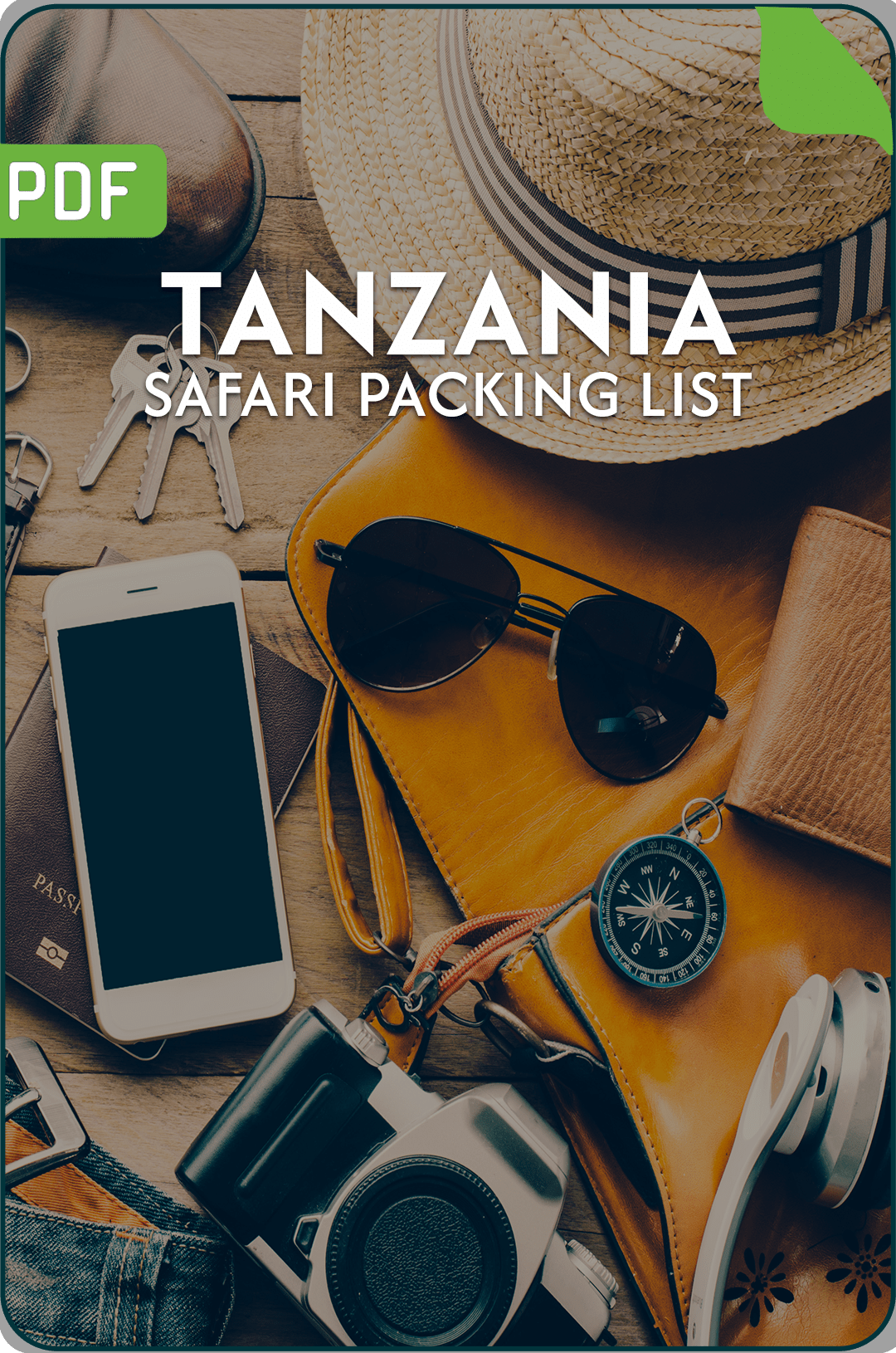
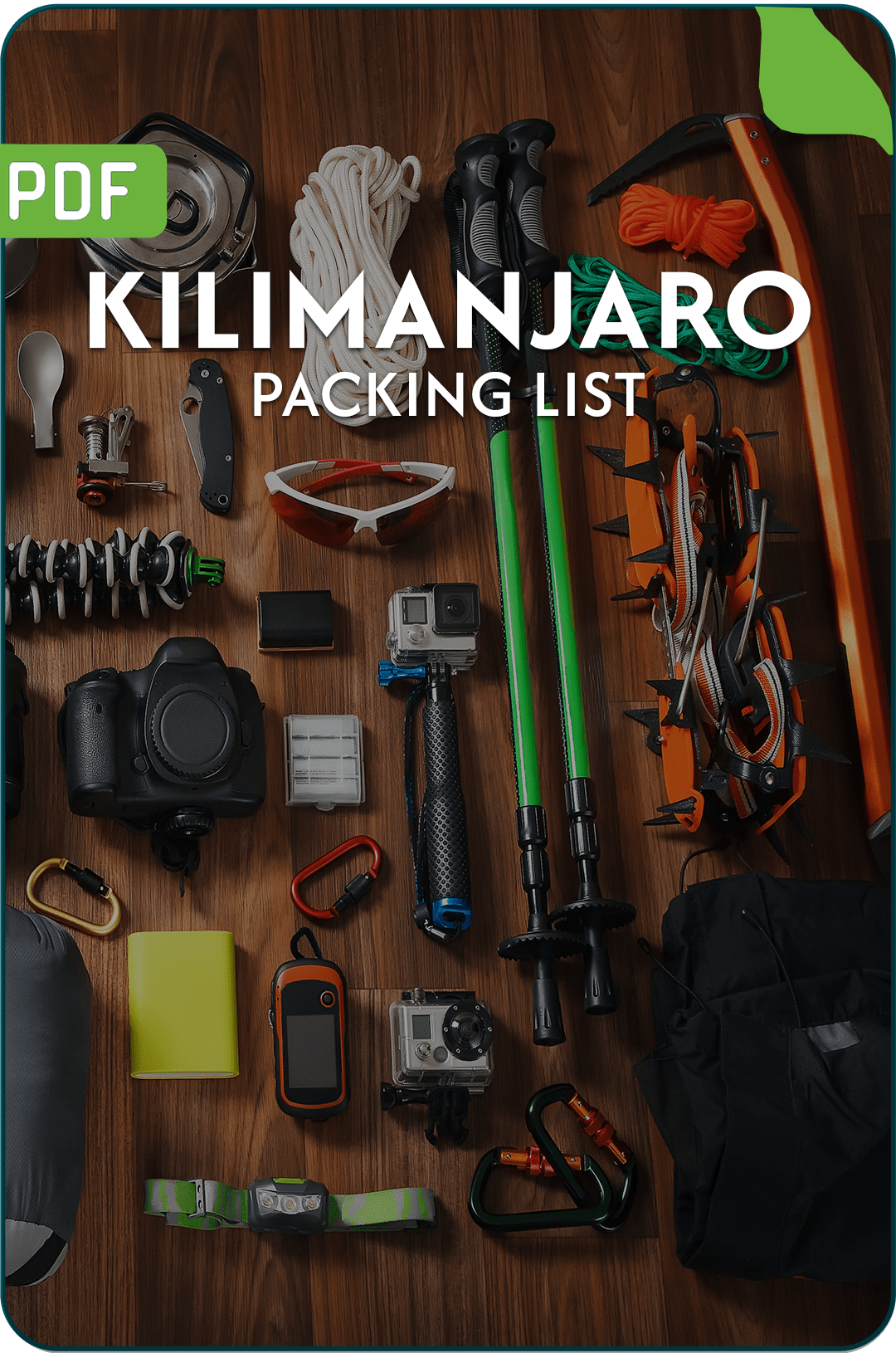
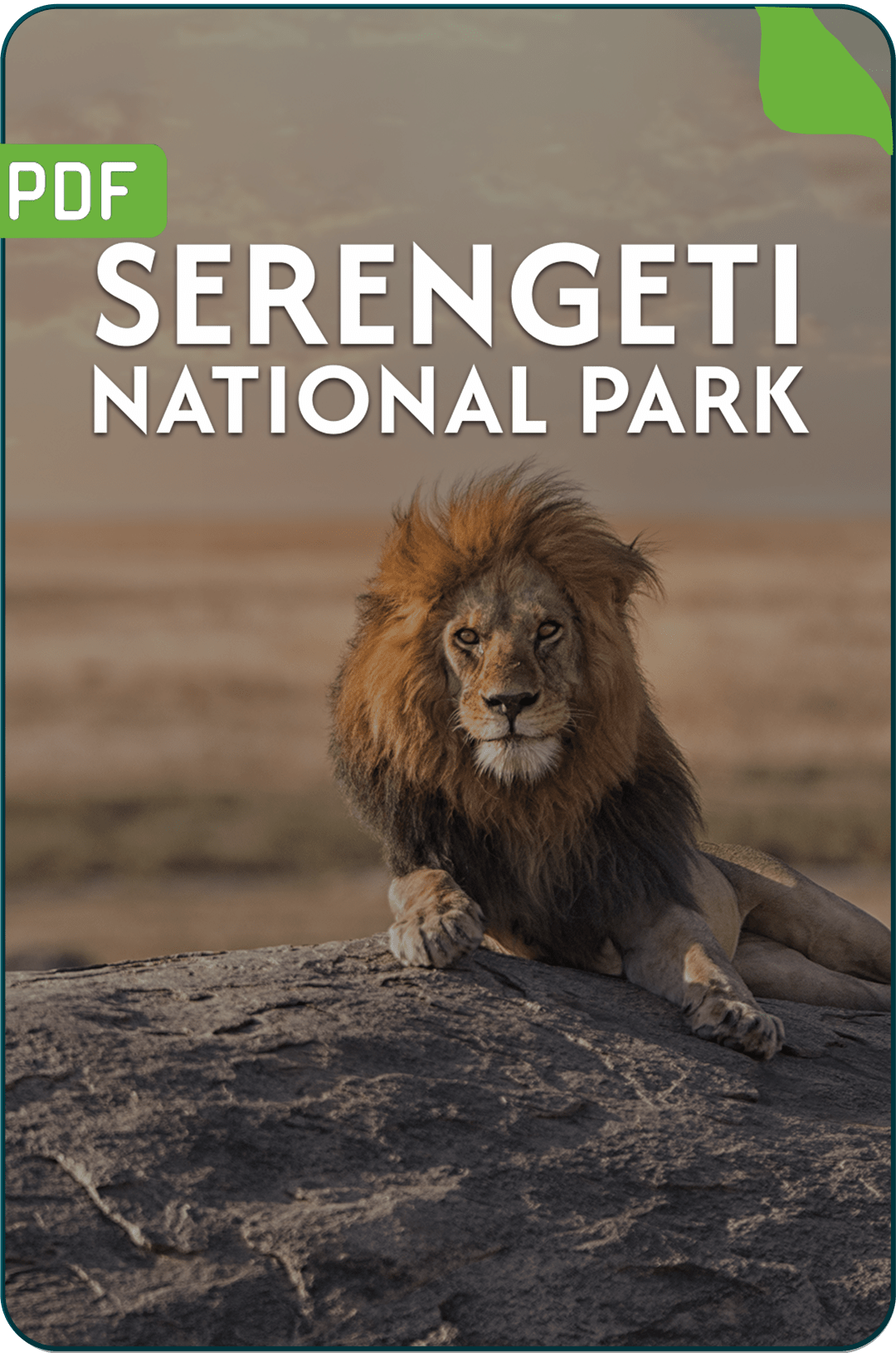
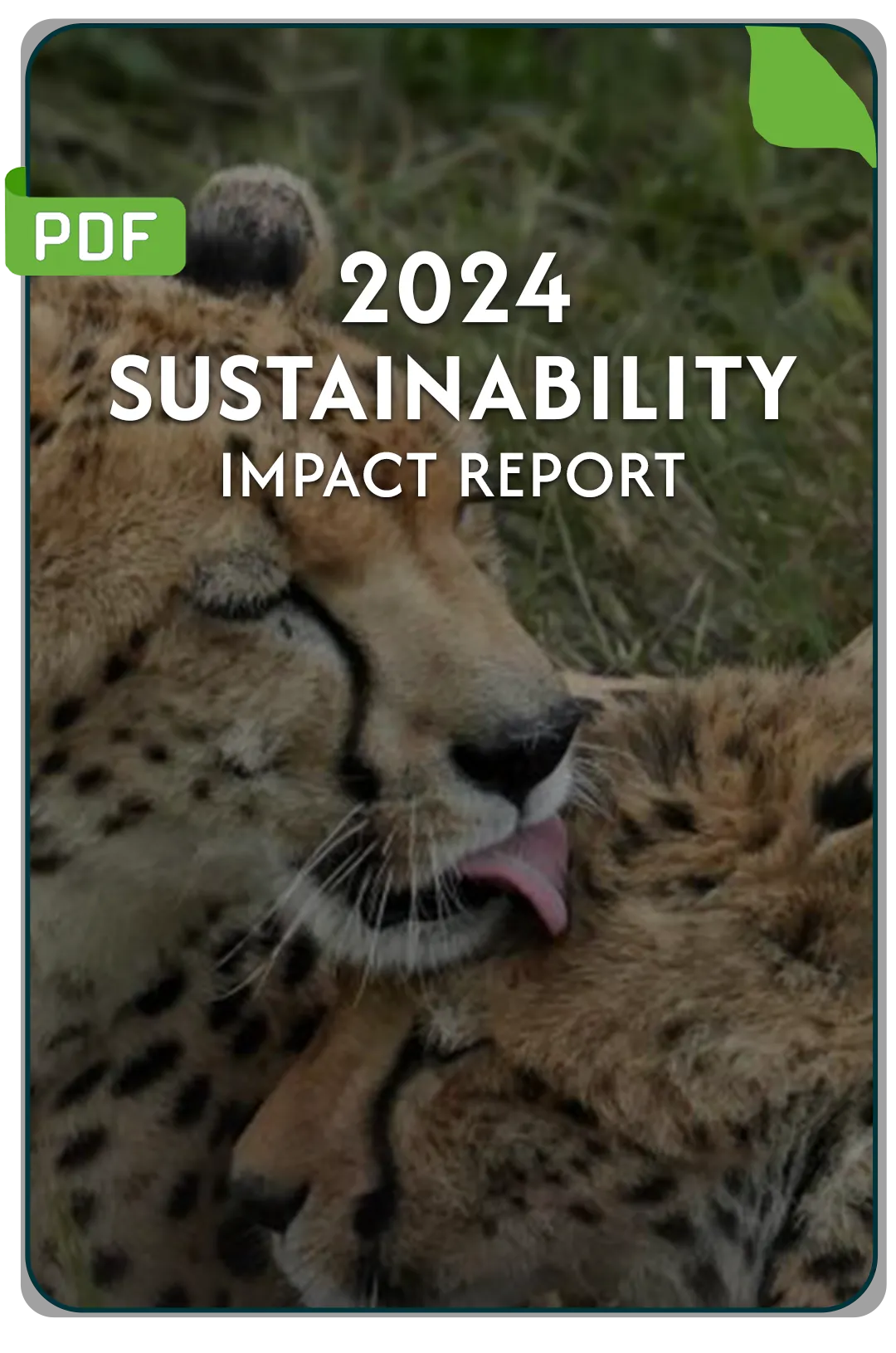
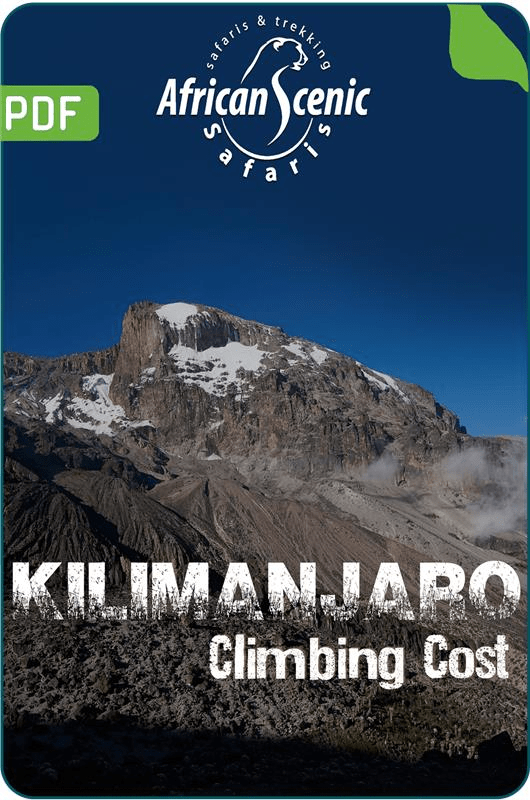





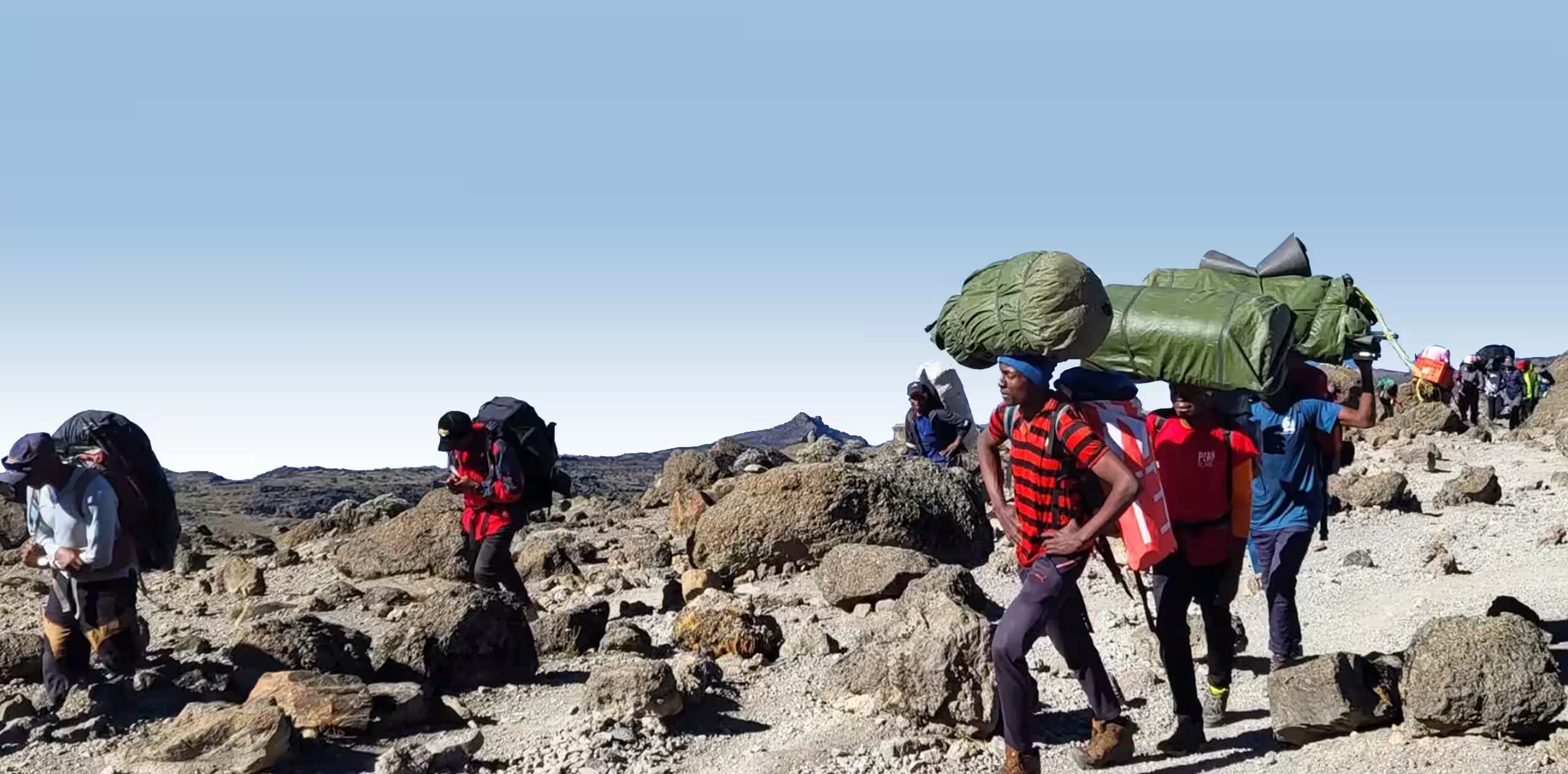
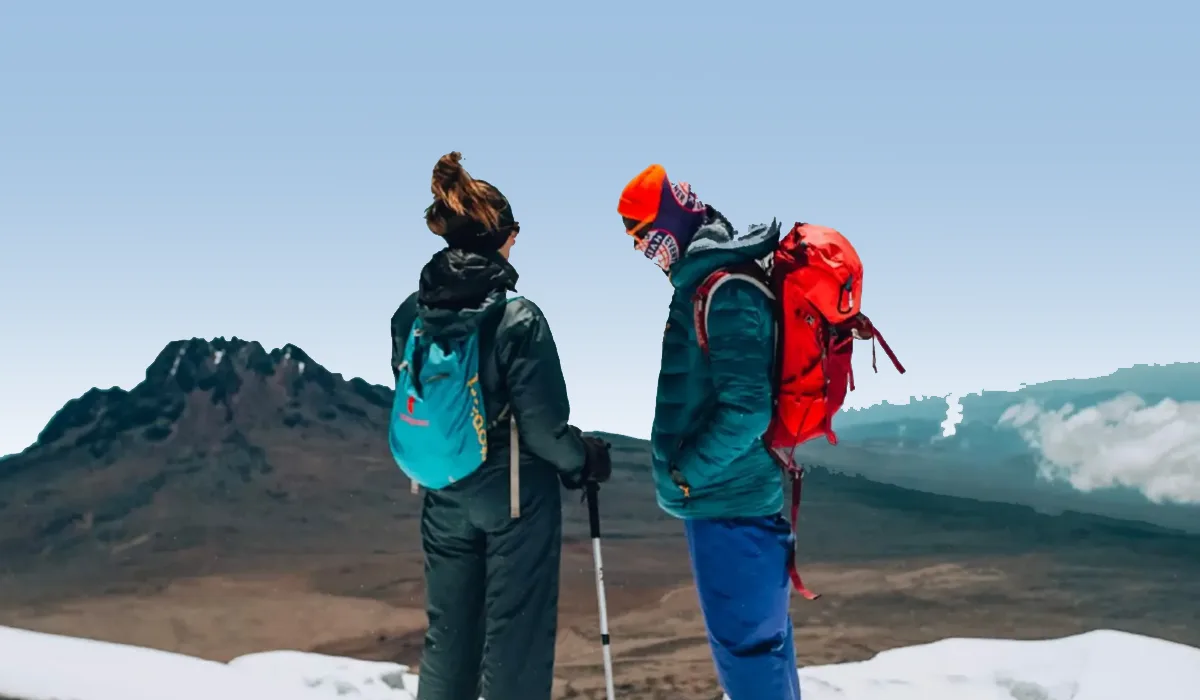

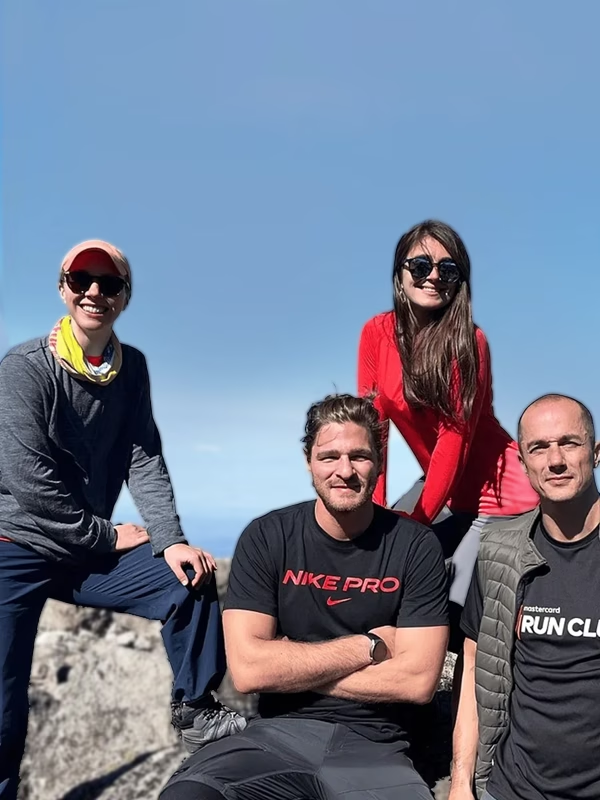
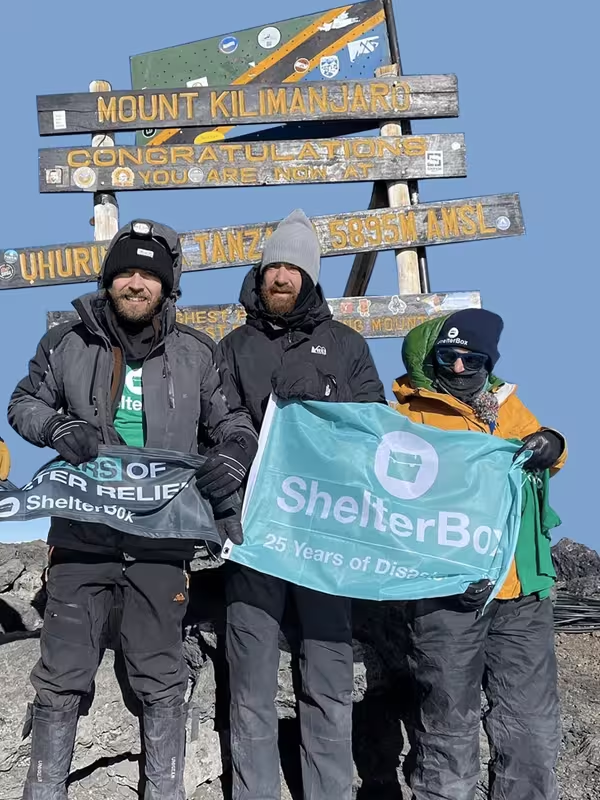
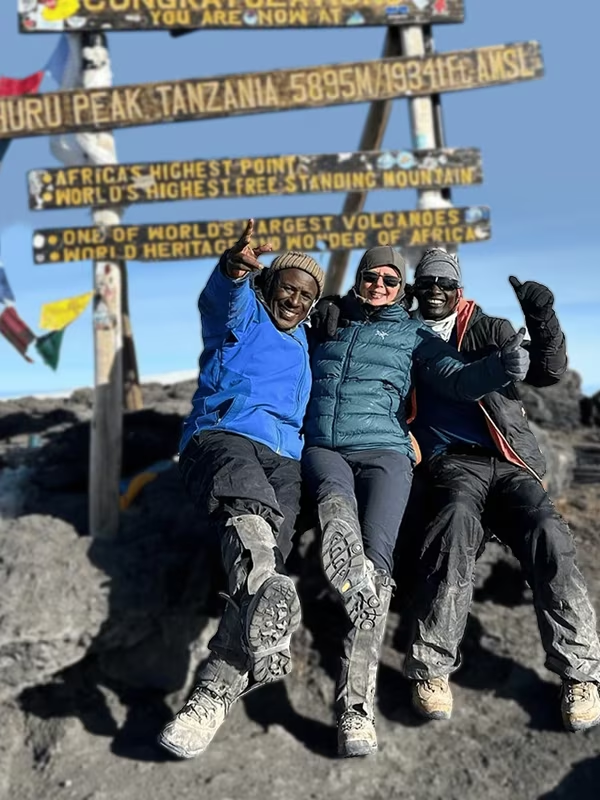



 African Scenic Safaris #1 on TripAdvisor
African Scenic Safaris #1 on TripAdvisor 




